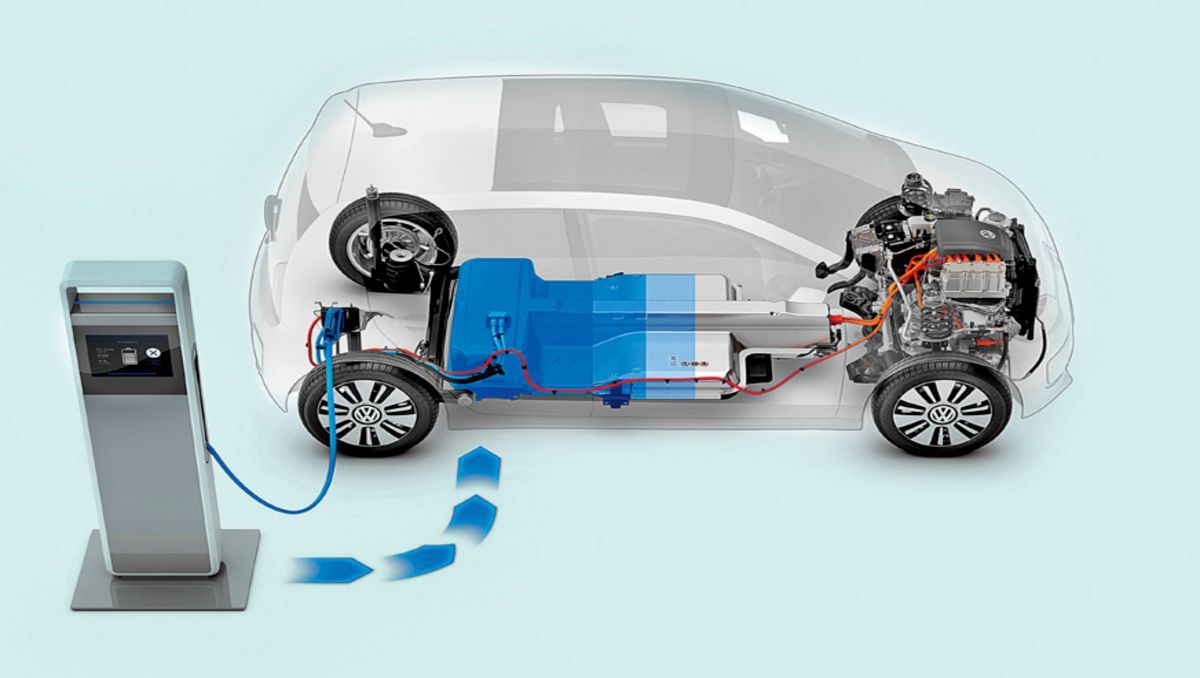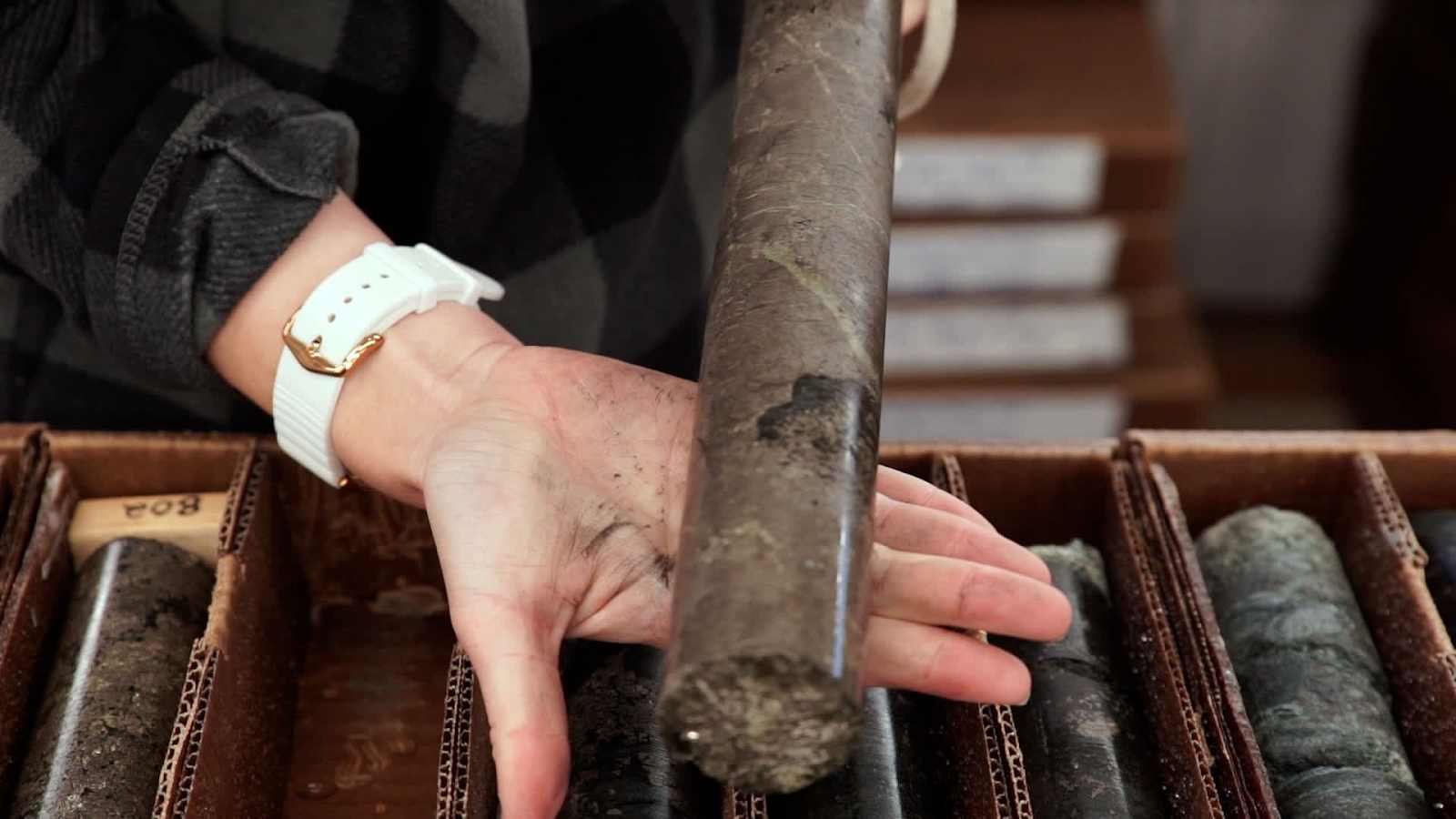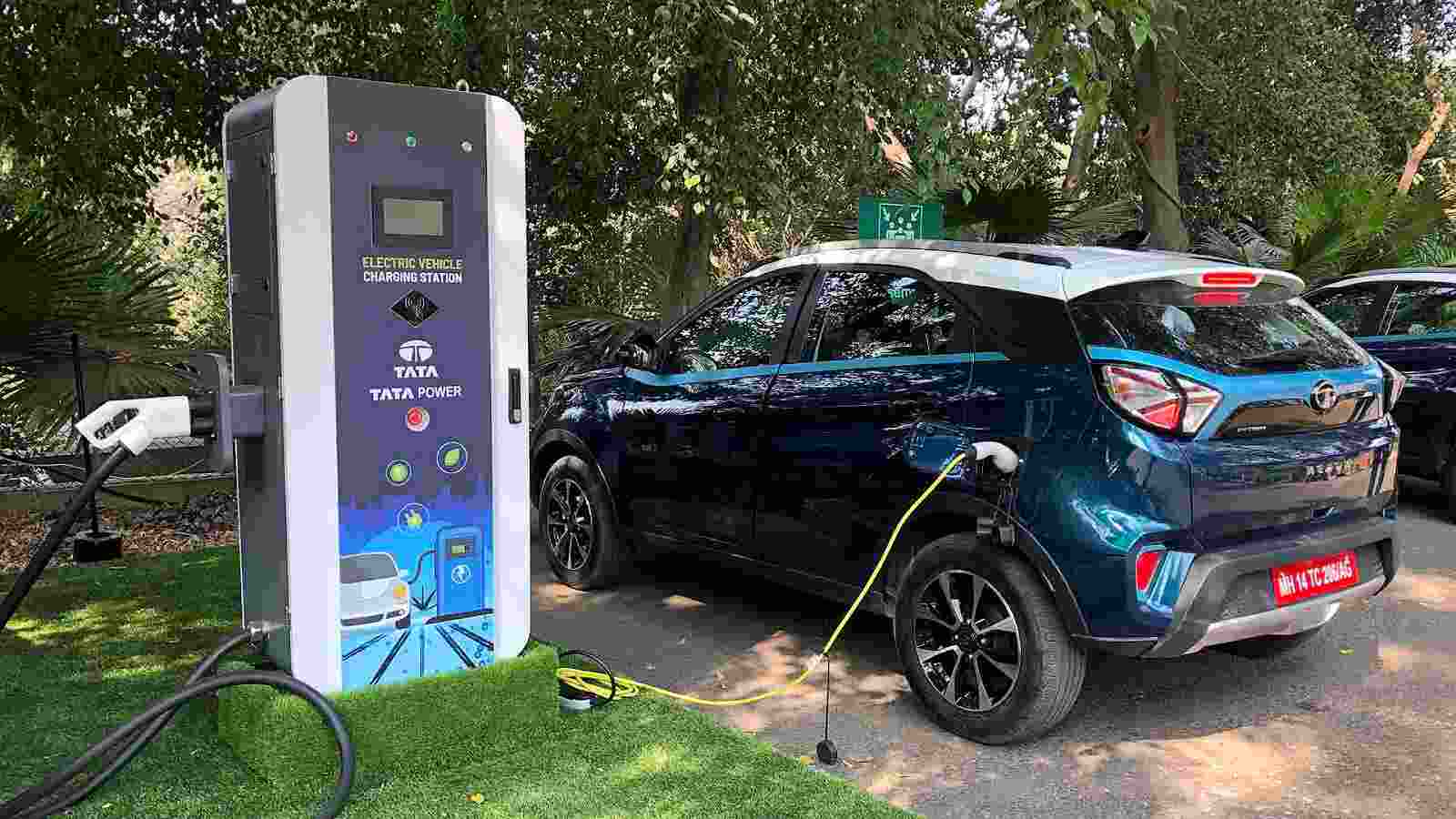How Will A Global Nickel Shortage Disrupt The Electric Vehicle Industry?

Introduction:
A global nickel scarcity is posing issues for automakers striving to increase their fleet of electric vehicles, as the mineral is an essential component of their lithium-ion batteries. The shortfall is not due to a lack of nickel, but rather to a lack of mining ventures or facilities capable of processing the sort of nickel required for EV batteries. Simultaneously, the quantity of nickel required for an EV lithium-ion battery is growing because the more nickel it contains, the more energy-dense it is. The nickel used in an EV battery must also be of a higher grade than usual, with a purity of at least 99.8 percent and a certification of "class one."
Russia's invasion of neighboring Ukraine has exacerbated the situation, as the Kremlin owns a considerable amount of high-grade nickel. Nickel prices surged in the aftermath of Russia's unjustified action, amid worries that the war might disrupt the supply chain.
Domestic nickel supplies in the United States are dwindling, with the country's principal nickel mine in Michigan set to close in 2025. The stainless-steel sector presently uses the bulk of nickel, and while Beveridge thinks batteries account for just about 10% of nickel consumption, he expects it to rise in the future.
Nickel Demand For Electric Vehicles:
Nickel is a strong, silvery-white metal that is ubiquitous in our daily lives. It can be found in everything from the batteries that power our television remotes to stainless steel, which is used to create buildings and automobiles. Although the bulk of nickel is used in stainless steel, it has grown in popularity in the electric vehicle (EV) industry, which is nearing the tipping point in the penetration curve in the coming years.
Nickel is the most abundant metal in lithium-ion battery cathodes utilized by electric vehicle makers. Nickel now accounts for one-third of Nickel Manganese Cobalt (NMC) cathodes and 80% of Nickel Cobalt Aluminum (NCA) cathodes. It is expected that as battery compositions advance, we will use more nickel since increasing nickel gives higher energy density.
Higher energy: As the amount of nickel in the battery cathode increases, electric cars may drive longer distances. EV makers demand batteries that can deliver more energy density, more power, and a longer lifetime while being safe and affordable.
Reduce costs: Due to rising lithium and cobalt prices, battery and electric vehicle manufacturers are looking to change their present material mix by reducing cobalt and increasing nickel to enhance performance while lowering costs. The battery in the Chevrolet Bolt, for example, contributes about 26% of the entire cost. Automakers recognise that lowering production costs will result in more acceptance of EVs and a shift toward profitability.
Consequences of the Ukraine-Russia Conflict on the Nickel Price Rise:
Russia is the world's third-biggest producer of nickel, a key component in lithium-ion batteries. The element is so crucial to Tesla that the firm inked a contract with Talon Metals in Minnesota in January to ensure its own nickel supply for car batteries. Other US manufacturers are likewise focusing on building their own battery technologies for EVs in order to resist any supply chain interruptions.

Automakers are racing to catch up to Tesla, and they are making some headway in the United States. Americans purchased more EVs in the fourth quarter than the previous year, accounting for 4.5 percent of total US sales.However, the initial cost of an EV is typically more than that of a gas-powered car, which causes some potential owners to be concerned. According to a recent Deloitte poll, cost or price premium was one of the main concerns raised by US customers about EVs, followed by driving range and a lack of charging infrastructure.
According to BloombergNEF, the price of lithium-ion battery packs fell by 89 percent between 2010 and 2021, but it may rise this year due to higher commodity costs caused by supply chain constraints and the current situation in Ukraine.According to industry officials, automakers often have long-term contracts with battery manufacturers, who hike costs as the cost of essential raw materials such as nickel and lithium rises.
Despite concerns about rising production costs, at least one factor may make EVs more appealing in the coming weeks: the average price of gasoline in the United States is presently greater than at any previous time in history.
Nickel Shortage Disrupt The Electric Vehicle Industry:
A global campaign by manufacturers to extend their electric car lineups just got a lot more expensive.
Soaring nickel costs threaten to derail the car industry's EV goals, with the crucial battery metal caught up in war-related supply concerns and a short squeeze that has brought prices to all-time highs. While economists predict that prices will fall from their present stratospheric heights, the bad news is that they might remain excessive, costing hundreds of dollars.

In two days, prices rose by up to 250 percent, reaching more than $100,000 per tonne.The LME announced on Tuesday that trades that occurred in the Asian hours prior to the suspension would be canceled. A 100 kilowatt-hour battery would require around $3,100 in nickel at Monday's closing price of almost $48,000, which is more than quadruple last year's average cost. When the dust settles, researchers predict that nickel prices will stay high this year, costing carmakers hundreds of dollars per vehicle.
Here’s how the math works. According to BloombergNEF, a 100 kilowatt-hour battery requires around 145 pounds of nickel. According to Adams, the average price last year was over $18,500 per metric tonne. That equates to around $1,200 worth of nickel in each battery. That identical battery required more than $1,900 in nickel at $29,000 per metric tonne, where it closed Friday before the worst of the short squeeze. It's not a massive increase, but carmakers don't appreciate seeing the cost of one material rise by $700 per vehicle.
Carmakers may prevent price increases on the spot market for a time by locking up long-term supply contracts, but if higher pricing persists, they will pay more.
New supplies are coming online in Indonesia, and Russian nickel will make its way to China and other countries that aren't utilizing sanctions or boycotts, but Adams expects prices to stay high this year. He anticipates that the metal will trade in the $20,000 to $25,000 per tonne area this year, with an average price of roughly $22,000.
Are Electric Cars Going Up In Price?

With nickel prices surging through 15-year highs to set new highs, automobile owners interested in a new Tesla may soon find themselves digging further into their pockets for their next purchase.
Electric-vehicle enthusiasts like to brag about spending less to charge than traditional drivers at the gas pump, but battery-powered vehicles have not been immune to inflationary pressures.
Spiraling costs for a wide range of raw materials were the primary reason that EV company Rivian sparked outrage last week when it imposed an outrageous price rise on clients. While many people are aware of the importance of lithium in EVs, a lesser-known mineral that is becoming more important for charging the car's battery is nickel.
According to the International Energy Agency, "a doubling of lithium or nickel prices would result in a 6% rise in battery costs." "If both lithium and nickel prices doubled at the same time, all of the predicted unit cost savings associated with tripling battery manufacturing capacity would be neutralized."
Nickel-rich chemistries can deliver more energy per pound than manganese-based chemistries, are typically less expensive than cobalt-heavy chemistries, and are not burdened to the same extent by the drawbacks of this mineral, which is primarily mined in one country and is closely associated with child labour.
Tesla, for example, has stated that it will only source two types of batteries in the future, which are distinguished primarily by the metal used in their cathodes, one of a battery cell's two electrical poles. Whereas entry-level models will use iron-based chemistry, Tesla's much-touted next-generation 4680 cylindrical cells will have a nickel-rich cathode for its more premium long-range vehicles.
Economic sanctions put on Putin's Russia are now fueling the larger trend of increasing raw material costs, which has driven global inflation.
"Cathode and battery makers have found it more difficult to absorb price increases in the battery upstream minerals," Rystad Energy stated, referring to metals such as nickel and lithium.
Conclusion:
Nickel's price has more than doubled over the last year. When it comes to moving the globe towards electric transportation and sustainable energy, nickel is a vital resource. High-energy-density batteries, which are essential for long-distance electric cars, all employ a large quantity of nickel in the battery cell's cathode. It accounts for a considerable portion of an electric vehicle's battery pack, which is the most expensive component of an EV in terms of both bulk and cost.
Of course, nickel is used for a variety of purposes other than batteries for electric vehicles. Actually, only around 5% of the world's nickel supply is now used for batteries in electric cars, but that figure is rapidly increasing.
Even with modest forecasts of electric vehicle adoption, EV nickel consumption is predicted to rise from 5% to 59.5% of total nickel supply during the next decade, making our transport system more sustainable and solar-friendly thanks to significant tools like solar software. That implies that if there isn't a significant increase in output soon, the nickel supply will be severely constrained.

